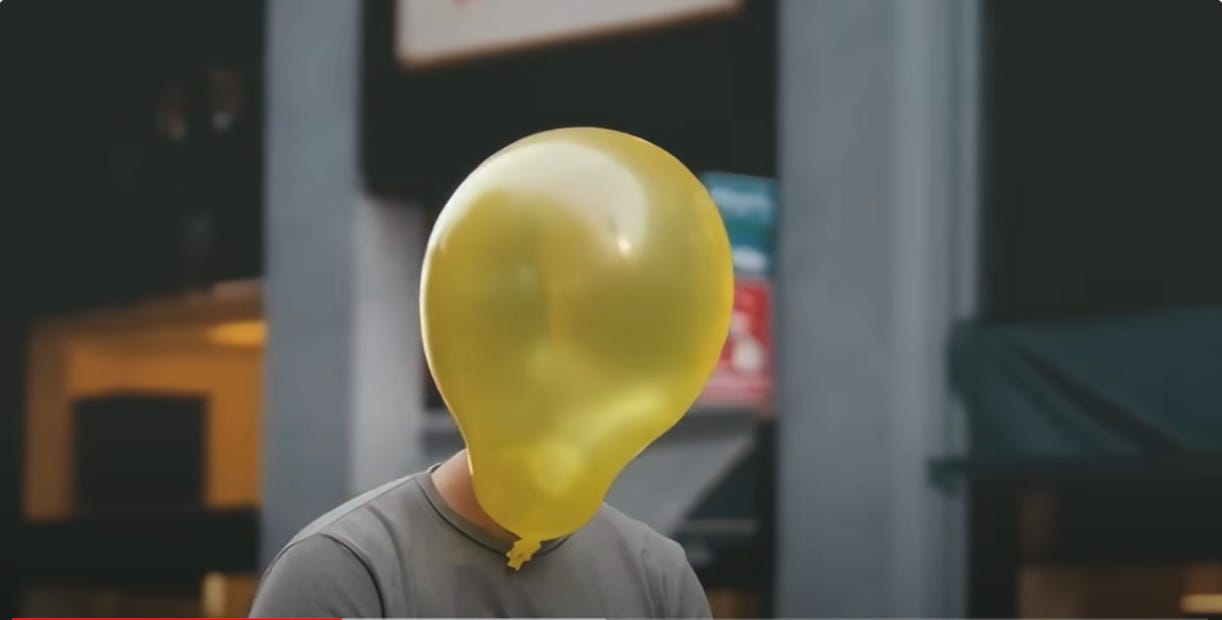Fear and Unease: What Happened to VFX-Killer Sora?
OpenAI’s generative AI video tool shocked Hollywood at the start of the year. Since then, it's been laying low — even as new iterations reveal quiet progress

Erik Barmack writes about the intersection of AI and Hollywood from the perspective of a working producer. He recently covered AI chatbots as IP, the race to build an AI TikTok and how studios should be using AI.
When OpenAI introduced Sora in mid-February, the 10-minute video preview of what its text-to-video model could do shook and divided Hollywood. The clips of hyper-realistic AI-generated scenes — many of which would take an army of VFX artists to create without AI — seemed to signal a rapidly approaching future for which no one was ready. Look at these adorable, tiny red pandas running around a petri dish:
If ChatGPT wracked Hollywood with fears about AI stealing some jobs and an entire century of creative expression in 2023, this 2024 video felt existential. Inevitably, there were immediate cries that “Hollywood was done,” from both AI boosters and those afraid of the tech. Fanning the flames, Tyler Perry, within a week of Sora’s preview video, delayed an $800 million studio expansion, because he believed that Sora might replace sets, makeup designs and all kinds of VFX, saying, “I feel like everybody in the industry is running a hundred miles an hour to try and catch up.”
Sure, there were deconstructions of Sora video flaws, but the hype — and fear — continued as the next few months brought reports of OpenAI taking meetings at studios, Ashton Kutcher (an AI investor) proclaiming that we’ll soon be able to make full movies using Sora and Sora films scoring a Tribeca Festival showcase. Even a Toys ‘R’ Us ad made using the tech inspired weeks of commentary.
There was something beyond the terrifying prospect of Madea’s Big AI Reunion looming in Tinseltown. Sora isn’t just a new tech platform that is causing creators and media executives alike to question their futures. As we’ve discussed in every column since we launched Reel AI, there’s no shortage of startups out there chipping away at pieces of the process of making movies and TV shows to freak you out if you so choose.
No, Sora brings with it the palpable unease one feels whenever Big Tech enters any media-related conversation. AI-generated video could be a lot of hot air. Or it could be the pin that punctures a balloon that already seems to be leaking air. Think of how nervous studios were when Apple TV+ arrived. Tim Cook and company could have outspent the entire town. (On some projects, it certainly seemed to try.) Amazon began on shaky ground — remember voting on pilots? — but when it started trying to dominate digital advertising this year, those anxious feelings resurfaced. I don’t know of a single media executive who’s not nervous about the sheer power that Big Tech can bring to overwhelm the content industry.
OpenAI — the biggest, most important company in the field — getting into Hollywood felt seismic. Especially when you consider that Microsoft, a company that by itself is more valuable than the entire entertainment industry combined, is OpenAI’s biggest backer. Together, they have the ability, potentially, to outspend and out-process every single producer and studio in town. If generative AI videos supplant Hollywood, they will do so quickly and violently, with a force that would not allow many to recover from its wake.
So . . . where is Sora? Seven months is an awful long time, in AI especially, for a tech product to be previewed and then not released. OpenAI CEO Sam Altman seems a lot more focused on what just yesterday he described as “The Intelligence Age.” The words “Sora,” “video,” “Hollywood” and “entertainment” are nowhere to be found in his rah-rah blog post. (OpenAI did not respond to a request from The Ankler to discuss Sora.)
Are we in that moment in the horror film where the characters feel safe, only for the killer to re-emerge?
In this article, you’ll learn:
Five reasons why Sora isn’t out yet
How Sora’s more recent videos reveal how far it has gone — but also how far generative AI video has to go
The potential implications of OpenAI’s powerful connections to Microsoft and its video-game IP and Apple’s iPhones
The investor that connects OpenAI to A24
How OpenAI could unlock a new trove of gaming IP into Hollywood
The three competitors trying to leapfrog Sora while it’s still not publicly available
Why video-game rendering engines are the best comp for when we could expect Sora to be ready for prime time




